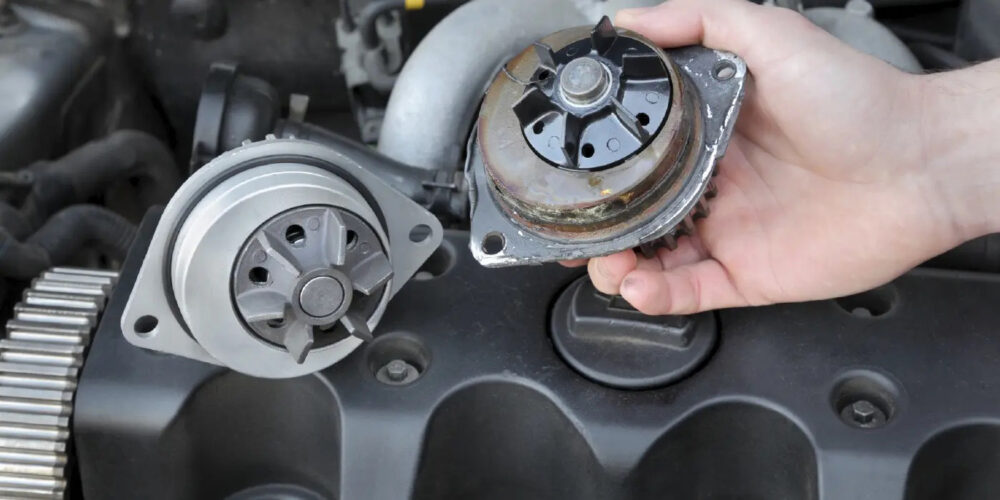During each October, Counterman magazine reviews the ASE P2 (parts specialist) test by providing an overview of the parts and other topics covered by the test.
 2011 is the final year that pencil and paper tests will be offered. While computer-based testing was offered previously, starting in 2012, ASE moves to all computer-based testing.
2011 is the final year that pencil and paper tests will be offered. While computer-based testing was offered previously, starting in 2012, ASE moves to all computer-based testing.
ASE cites several reasons why all computer-based testing is better than paper-based. For starters, test-takers will get their scores upon completing the test, rather than waiting for weeks. Computer-based tests also will be offered more frequently, in four two-month windows each, according to ASE. The new tests also increase accuracy of testing.
A counter professional who knows the parts categories backward and forward will be well-served for about 57 percent of the test. The remaining 43 percent covers topics such as management and phone skills, for example.
The goal of the ASE P2 test is to improve the professionalism of the counter pro and establish to others that you know what you’re talking about. It’s not an easy test by any stretch. Members of the aftermarket wholesale and retail parts industry have gathered to produce the P2 questions to tackle real-life situations that parts professionals will find themselves in.
THE DAY OF THE TEST
Test-takers must bring a current government or school-issued photo ID and are urged to arrived early to find the correct testing room. Books, calculators, and other reference material will not be permitted in the test room, ASE says. (Exception: English-foreign language dictionaries, English/Spanish Glossary, etc., which will be inspected before and after testing.) It’s to the test-taker’s advantage to answer every question.
Parts pros who pass the test each receive a wallet card, insignia and a certificate. More than 42,000 counter pros are certified in one of ASE’s parts specialist tests, with the vast majority having the P2 certification.
Ignition System
Manual Transmission/Transaxle Parts
Emission Controls
Driveline Components
Heating, Ventilation & Air Conditioning (HVAC)
Automatic Transmission/Transaxle











